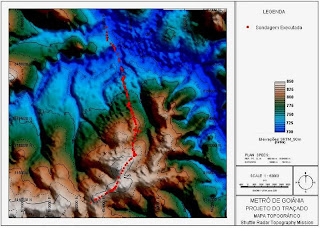This is a Flow map. Flow maps show the movement of objects from one location to another, such as the number of people in a migration for example. In this illustration, it shows where offices will migrate to from its original headquarters.
Wednesday, September 16, 2009
Isoline map
Proportional circle map
http://www.neiu.edu/~jrthomas/377/circle.jpg

Choropleth map
Dot distribution map
Hypsometric map
Cadastral map
Subscribe to:
Comments (Atom)





